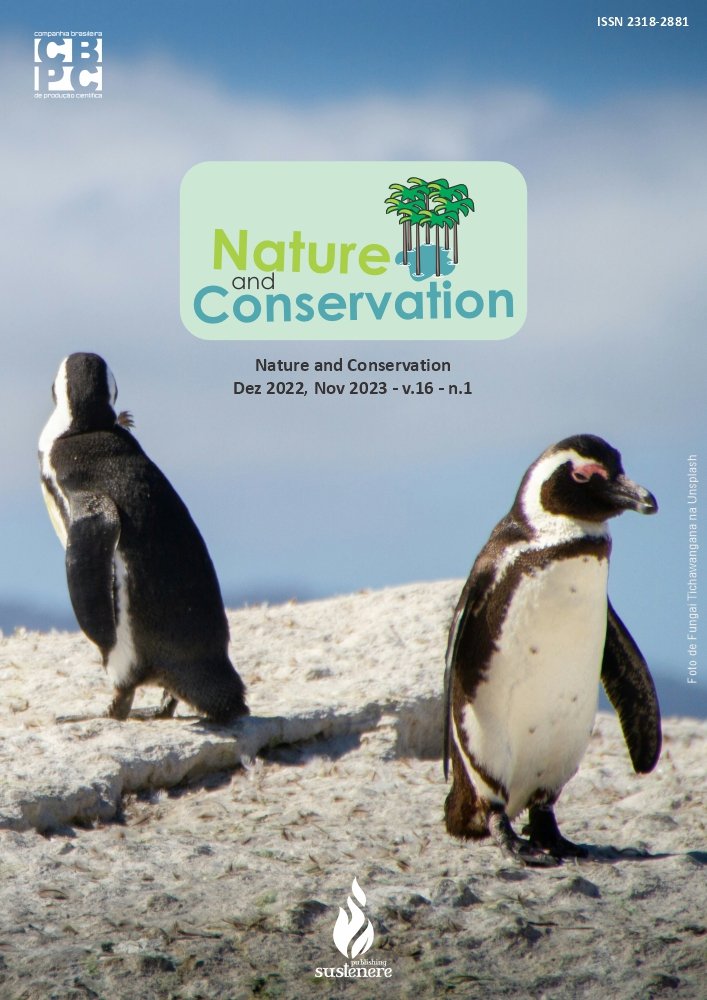Morphological characteristics of the baby’s breath (Gypsophila Paniculata L.) submitted to different organic compounds
DOI:
https://doi.org/10.6008/CBPC2179-6858.2021.008.0005Palabras clave:
Mosquito, Bovine manure, humoactiveResumen
The baby's breath (Gypsophila paniculata L.) is a plant used to compose floral arrangements. The objective of this work was to evaluate the efficiency of the use of Humoativo and Bovine Manure in the morphological characterization of the baby's breath. The experiment was carried out in the vegetation house at the Federal Institute of Education, Science and Technology of Bahia - IFBA - Campus of Vitória da Conquista, Bahia. Different proportions of Bovine Manure - BM and Humoativo - HA were used, constituting the following treatments: T1: 0% BM and 0% HA; T2: 25% BM and 75% HA; T3: 50% BM and 50% BM; T4: 75% BM and 25% HA; T5: 100% BM and 0% HA; T6: 0% BM and 100% HA. The design was completely randomized (DCR), with four replications, totaling 24 experimental units. After transplanting, Plant Height, Number of Flower Stems, Height of Flower Stem, Number of Primary Branches of the Flower Stem, and Flower Diameter were evaluated. The fresh and dry weight of the plant was also checked. Data were subjected to analysis of variance (ANOVA) followed by the mean test (Tukey 5%) using the statistical program SAEG - Statistical Analysis System (GOMES, 1992). The use of BM and HA favored the accumulation of fresh weight of the flower, stem, root, and total fresh weight. The same occurs for dry weight. All analyzed variables increased with the doses of EB and HA.
Descargas
Descargas
Publicado
Número
Sección
Licencia
Derechos de autor 2021 Revista Iberoamericana de Ciencias Ambientales

Esta obra está bajo una licencia internacional Creative Commons Atribución-NoComercial-SinDerivadas 4.0.
La CBPC - Companhia Brasileira de Produção Científica (CNPJ Brasil: 11.221.422/0001-03) tendrá los derechos materiales de los trabajos publicados. Los derechos se refieren a la publicación del trabajo en cualquier parte del mundo, incluyendo los derechos a las renovaciones, expansiones y diseminaciones de la contribución, así como otros derechos subsidiarios. Todos los trabajos publicados electrónicamente podrán posteriormente ser publicados en colecciones impresas bajo coordinación de esta empresa y / o sus socios. El (los) autores (as) conservan los derechos de autor, pero no están autorizados a publicar la contribución en otra medio, impreso o digital, en portugués o traducción.









